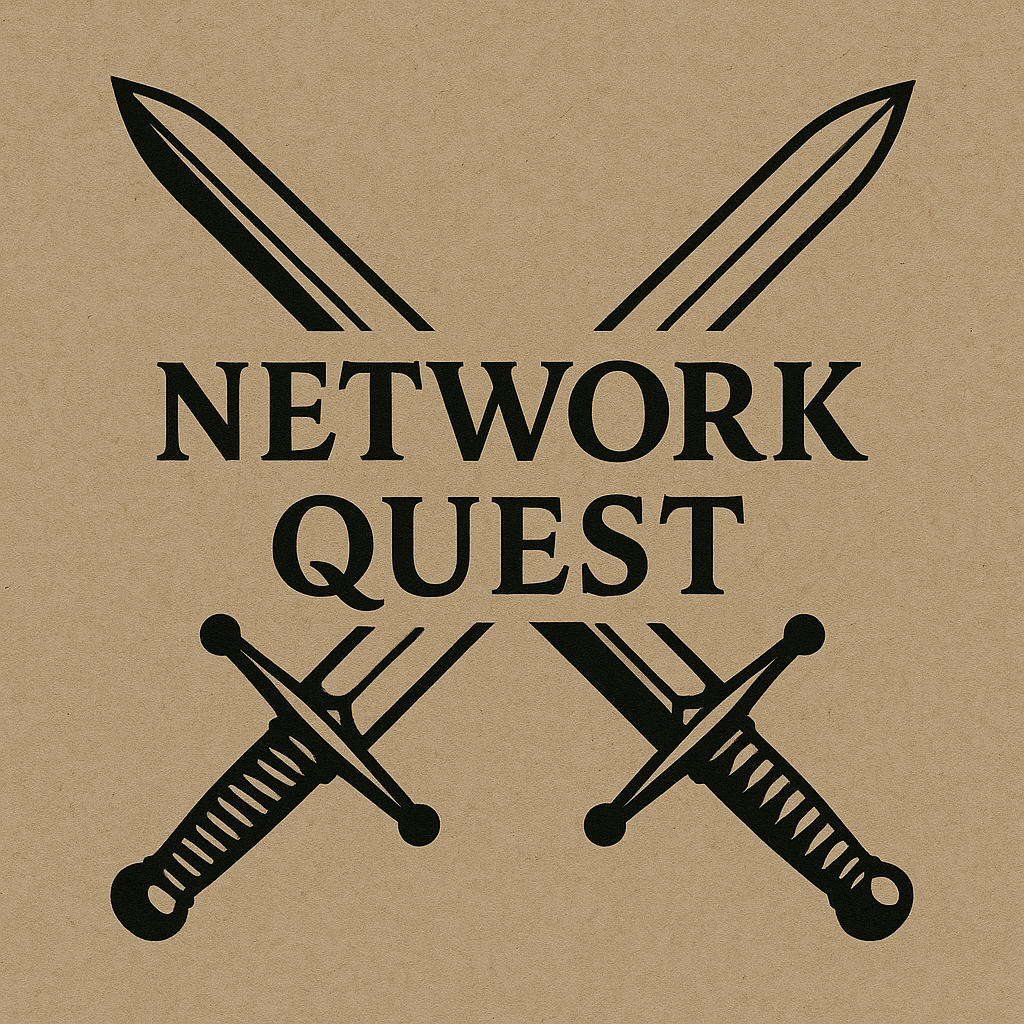SSL
SSL, also known as Secure Sockets Layer, is an encryption-based internet security protocol. The purpose of it is to ensure privacy, authentication, and data integrity in internet communication. This is the predecessor to TLS encryption, which is used today. So how does it work?
SSL encrypts data that is transmitted across the web, and to do this it starts an authentication process between two communicating devices to ensure they are who they claim to be. SSL also will digitally sign the data to make sure it is not changed before reaching the recipient. This is a very important protocol because if our data over the web was transmitted in plaintext, anyone who could intercept the message could see what we have. Think of when you're online shopping, it is important that the data is encrypted so no one can get your credit card's information.
SSL has not been updated in a while and is now considered to be deprecated as we now use TLS as it is the up-to-date encryption protocol that is still being implemented. However, a lot of people still refer to it as SSL encryption. Next I want to talk about SSL/TLS certificates, I am going to briefly explain them here and in my next post I want to explain more what a certificate actually is and how they work.
These are what enables a website to use HTTPS over HTTP, which is more secure than HTTP. These certificates make SSL/TLS encryption possible and also contain the website's public key and website's identity with its relevant information. If a device wants to communicate with this website, it will use this certificate to obtain the public key and verify the server's identity.
